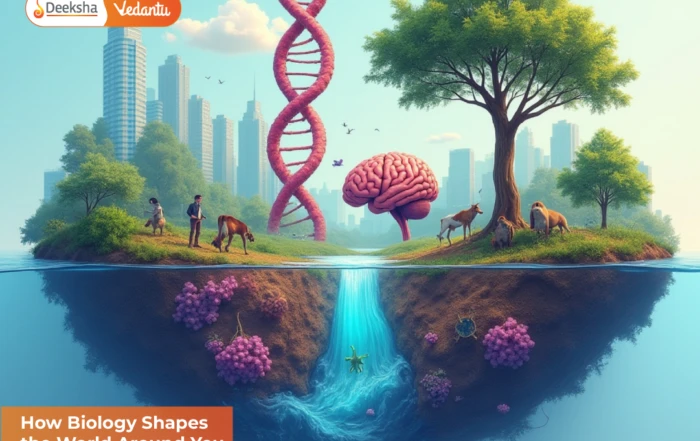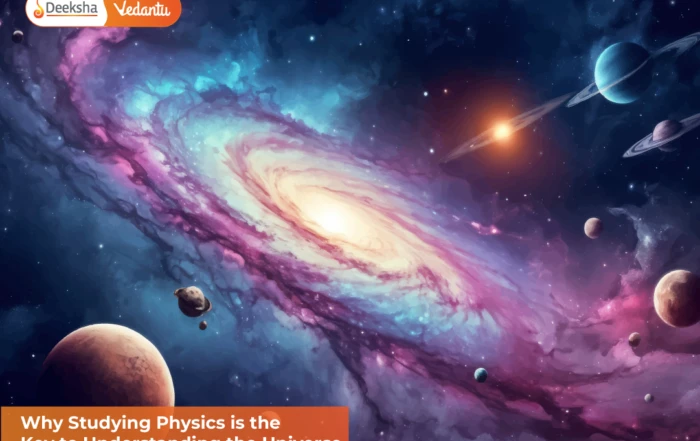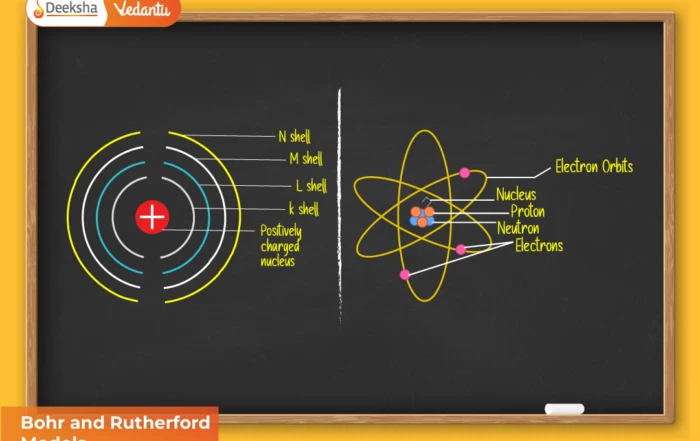Chemical bonding is the fundamental concept that explains why atoms combine to form molecules and compounds. Every chemical reaction involves breaking old bonds and forming new ones. In this expanded version, we explore not just NCERT explanations but deeper conceptual clarity, relatable examples, real-life applications, and visual representation in text format to boost understanding. Atoms combine because they aim to attain lower energy and stable electronic configuration. Most elements attempt to achieve the octet configuration similar to noble gases.
Why do atoms bond?
- They achieve stability by completing valence shells.
- Nature prefers minimum energy states.
- Attractive forces between atoms become stronger than repulsive forces during bond formation.
- Unstable atoms gain, lose, or share electrons to form bonds.
4.1 Kössel-Lewis Approach to Chemical Bonding
This approach laid the basis of chemical bonding by explaining how atoms achieve noble gas configuration. Atoms lose, gain, or share electrons to complete their octet.
Lewis Symbols
Each valence electron of an atom is represented by a dot around its chemical symbol.
Example:
- H → •H
- C → •C••
- O → ••O•••
Octet Rule
Atoms combine to attain 8 electrons in their outer shell, similar to noble gases.
Limitations of Octet Rule:
- Does not explain odd-electron molecules (e.g., NO, NO₂).
- Cannot explain expanded octet (PCl₅, SF₆).
- Does not justify stability of molecules like BF₃ (incomplete octet).
Importance: Despite limitations, the octet rule is one of the most important foundations of chemical bonding.
4.2 Ionic or Electrovalent Bond
An ionic bond forms due to complete transfer of electrons from one atom to another, resulting in positively charged cations and negatively charged anions. These ions are held together by strong electrostatic forces of attraction.
Formation Example (Text Diagram):
Na (2,8,1) → loses electron → Na⁺ (2,8)
Cl (2,8,7) → gains electron → Cl⁻ (2,8,8)
They combine to form NaCl (ionic compound).
Conditions for Ionic Bond Formation
- Low ionization energy (for metal).
- High electron gain enthalpy (for non-metal).
- Very high lattice enthalpy (stabilizes crystal).
Properties of Ionic Compounds
- High melting and boiling points.
- Conduct electricity when molten or dissolved.
- Soluble in polar solvents.
- Hard, brittle crystalline solids.
Real-life Examples: Sodium chloride in food, calcium phosphate in bones, magnesium oxide in aircraft engines.
4.3 Bond Parameters (Fully Expanded)
Bond parameters are measurable characteristics that define a chemical bond.
1. Bond Length
Distance between nuclei of two bonded atoms.
- Single bond > Double bond > Triple bond
- Larger atoms form longer bonds
Example Table:
| Bond Type | Length (Å) | Strength |
| C–C single | 1.54 | Weak |
| C=C double | 1.34 | Stronger |
| C≡C triple | 1.20 | Strongest |
2. Bond Angle
The angle between two bonds. It helps determine molecular shape.
Example: H₂O (104.5°), CH₄ (109.5°), CO₂ (180°).
3. Bond Enthalpy
Energy required to break one mole of bonds in gaseous state. Greater bond enthalpy = stronger bond.
4. Bond Order
Number of chemical bonds between two atoms.
Bond Order = (Bonding e⁻ – Antibonding e⁻) / 2
Greater bond order → shorter bond length → higher stability.
4.4 Valence Shell Electron Pair Repulsion (VSEPR) Theory
This theory explains molecular shapes based on the repulsion between electron pairs.
Core Idea:
Electron pairs (bonded + lone pairs) repel each other and adjust to stay as far apart as possible.
VSEPR Model (Tabular Form):
| Electron Pairs | Shape | Example | Angle |
| 2 | Linear | CO₂ | 180° |
| 3 | Trigonal Planar | BF₃ | 120° |
| 4 | Tetrahedral | CH₄ | 109.5° |
| 4 (3BP + 1LP) | Trigonal Pyramidal | NH₃ | 107° |
| 4 (2BP + 2LP) | Bent (V-shaped) | H₂O | 104.5° |
| 5 | Trigonal Bipyramidal | PCl₅ | 90°,120° |
| 6 | Octahedral | SF₆ | 90° |
Effect of Lone Pairs: Lone pairs occupy more space → reduce bond angle. Example: H₂O < NH₃ < CH₄.
4.5 Valence Bond Theory (VBT) – Expanded Understanding
VBT explains covalent bond formation through overlapping atomic orbitals.
Types of Bonds
- Sigma (σ) bond: Head-on overlap. Strong bond. Free rotation.
- Pi (π) bond: Sideways overlap. Weaker bond. No rotation.
Example (Text Diagram): Formation of H₂
H• + H• → H:H (overlap) → H₂ molecule
Limitations of VBT
- Cannot explain paramagnetism of oxygen.
- Cannot predict molecular shapes accurately.
- Does not explain delocalisation of electrons.
4.6 Hybridisation – Deep Explanation
Hybridisation is the mixing of atomic orbitals to form equal-energy hybrid orbitals.
Types of Hybridisation and Examples
| Type | Shape | Example | Angle |
| sp | Linear | BeCl₂ | 180° |
| sp² | Trigonal planar | BF₃ | 120° |
| sp³ | Tetrahedral | CH₄ | 109.5° |
| sp³d | Trigonal bipyramidal | PCl₅ | 90°,120° |
| sp³d² | Octahedral | SF₆ | 90° |
Text Diagram for CH₄ Hybridisation:
C (2s² 2p²) → sp³ hybridisation → 4 identical orbitals → CH₄ tetrahedral.
4.7 Molecular Orbital Theory (MOT)
MOT explains bonding using molecular orbitals formed by linear combination of atomic orbitals.
Key Concepts
- AO + AO → MO
- Bonding MO (low energy)
- Antibonding MO (high energy)
- Electron filling follows Hund’s & Aufbau principle
Bond Order = (Bonding e⁻ – Antibonding e⁻) / 2
- BO > 0 → stable molecule exists
- BO = 0 → unstable molecule
Example: O₂ is paramagnetic, which VBT could not explain, but MOT does.
4.8 Hydrogen Bonding – In Detail
Hydrogen bonded molecules show unusual properties like higher boiling points and viscosity.
Types of Hydrogen Bonding
- Intermolecular: between molecules (e.g., water).
- Intramolecular: within a molecule (e.g., o-nitrophenol).
Why Ice Floats on Water?
Due to open cage-like structure caused by hydrogen bonding → lower density.
4.9 Resonance – Expanded Concept
Some molecules cannot be represented by one Lewis structure. Instead, real structure is a resonance hybrid of multiple possibilities.
Examples:
- Carbonate ion (CO₃²⁻)
- Ozone (O₃)
Importance of Resonance
- Increases stability
- Explains bond lengths and symmetry
- Better than a single Lewis structure
FAQs
Q1: What is the main reason atoms form bonds?
Atoms form bonds to achieve stability by completing their valence shells and lowering their energy.
Q2: Why is VSEPR theory important?
It helps predict the exact shape of molecules based on electron pair repulsion.
Q3: Which theory explains paramagnetism of O₂?
Only Molecular Orbital Theory (MOT) can explain paramagnetism because it considers electron distribution in bonding and antibonding orbitals.
Q4: What is the difference between sigma and pi bonds?
Sigma bonds form by head-on overlap and allow rotation. Pi bonds formed sideways overlap and do not allow rotation.
Q5: What is bond order and how is it calculated?
Bond order = (Bonding e⁻ – Antibonding e⁻) / 2. Higher bond order means stronger and shorter bonds.
Conclusion
This expanded Unit 4 provides complete clarity on how atoms form bonds, how molecular shapes arise, and how theories like VBT and MOT explain bonding at an advanced level. These concepts help predict reactivity, structure, and properties of molecules—forming the backbone of modern chemistry. This chapter builds strong fundamentals for future topics like thermodynamics, equilibrium, and organic chemistry.











Get Social